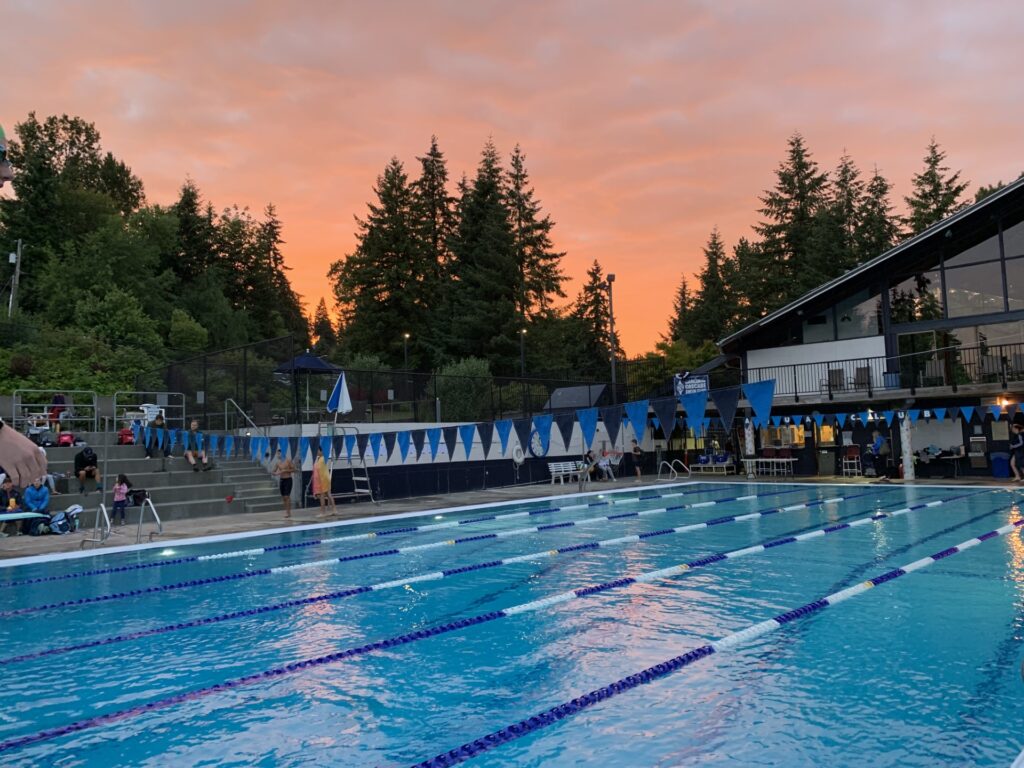When it comes to ensuring the longevity and functionality of swimming club facilities, regular maintenance is key. Proper upkeep not only enhances the experience for members but also contributes to the safety and efficiency of operations. Here’s a comprehensive guide on how to effectively maintain swimming club facilities.
Mastering the Art of Pool Water Chemistry
The heart of any swimming club is the pool itself. Maintaining proper pool water chemistry is paramount for swimmer safety and a pleasant swimming experience. Here’s what you need to know:
Testing, Testing, One-Two-Three
Regular pool water testing is crucial. Invest in a reliable test kit or consider outsourcing testing to a pool service company. Test factors like chlorine levels, pH balance, and alkalinity several times a week, adjusting chemicals as needed.
Chlorination Keeps it Clean
Chlorine is the primary disinfectant used in swimming pools, eliminating bacteria and other harmful organisms. Maintain a consistent chlorine level within the recommended range based on your pool size and usage.
Balancing the pH
The pH level indicates how acidic or basic your pool water is. Ideal pH levels fall between 7.2 and 7.8. If the pH is too high or too low, it can irritate swimmers’ eyes and skin, and hinder the effectiveness of chlorine.
Don’t Forget Alkalinity: Alkalinity acts as a buffer, preventing rapid swings in pH. Maintain proper alkalinity levels for optimal pool water chemistry and to ensure chlorine functions effectively.
Shock Treatment
Regular shock treatments, typically with chlorine or a non-chlorine alternative, help eliminate bacteria and contaminants that chlorine might miss. Follow the manufacturer’s instructions for proper shock treatment application.

2. Maintaining the Gateway to Your Swimming Club Facilities
The pool deck is where swimmers relax and prepare for their aquatic adventures. Here’s how to keep it inviting and safe:
Deck Cleaning
Regularly sweep and mop the pool deck to remove debris like leaves, dirt, and sunscreen. Use appropriate cleaning solutions designed for pool decks to avoid damaging the surface.
Power Washing
Give your deck a deep clean periodically with a power washer. This removes stubborn dirt and grime, keeping the deck looking fresh and preventing slippery surfaces.
Furniture Maintenance: Poolside furniture needs attention too! Clean and disinfect chairs and loungers regularly, and store them properly when not in use to prevent sun damage or deterioration.
Safety First
Inspect the deck surface for cracks, uneven tiles, or loose railings regularly. Address any potential hazards promptly to prevent slips, falls, or other accidents.
3. Creating a Sanitary Sanctuary
Locker rooms are high-traffic areas that require consistent cleaning and sanitization. Here are some key practices:
Frequent Cleaning
Implement a cleaning schedule for locker rooms, ensuring daily cleaning of toilets, showers, floors, and sinks.
Disinfecting Powerhouse
Use disinfectant wipes or sprays on frequently touched surfaces like doorknobs, lockers, and benches. This helps prevent the spread of germs and bacteria.
Proper Ventilation: Maintain good ventilation in locker rooms to prevent moisture build-up and control odors. Utilize exhaust fans and encourage members to dry their belongings thoroughly before storing them in lockers.
Mats Matter
Place absorbent mats at pool exits and in shower areas to prevent wet floors and promote a safer environment. Regularly wash or replace these mats to prevent mildew growth.
4. Equipment Upkeep: The Unsung Heroes of Swimming Club Facilities
From pool filters to vacuum cleaners, various equipment keeps your swimming club facilities running smoothly. Here are some tips for equipment maintenance:
Filter Power
Regularly clean your pool filter to ensure optimal water circulation and filtration of debris. The cleaning frequency depends on pool usage; consult your filter manual for specific instructions.
Pump Performance
Schedule regular inspections of your pool pump to ensure proper operation. Look for leaks, check for unusual noises, and replace worn-out parts promptly.
Cleaning Crew
Vacuum your pool regularly to remove settled dirt and debris that the filter might miss. Choose the appropriate vacuum head for your pool type and ensure proper hose connections for efficient cleaning.
Safety First: Always unplug electrical equipment when performing maintenance tasks.
Conclusion
In conclusion, maintaining swimming club facilities requires a proactive approach to ensure operational efficiency and member satisfaction. By implementing regular inspections, developing a comprehensive maintenance schedule, and engaging both staff and members in facility care, clubs can create a welcoming and well-maintained environment for everyone to enjoy. Prioritizing maintenance not only extends the lifespan of facilities but also enhances the overall experience, making it a worthwhile investment in the club’s future.



